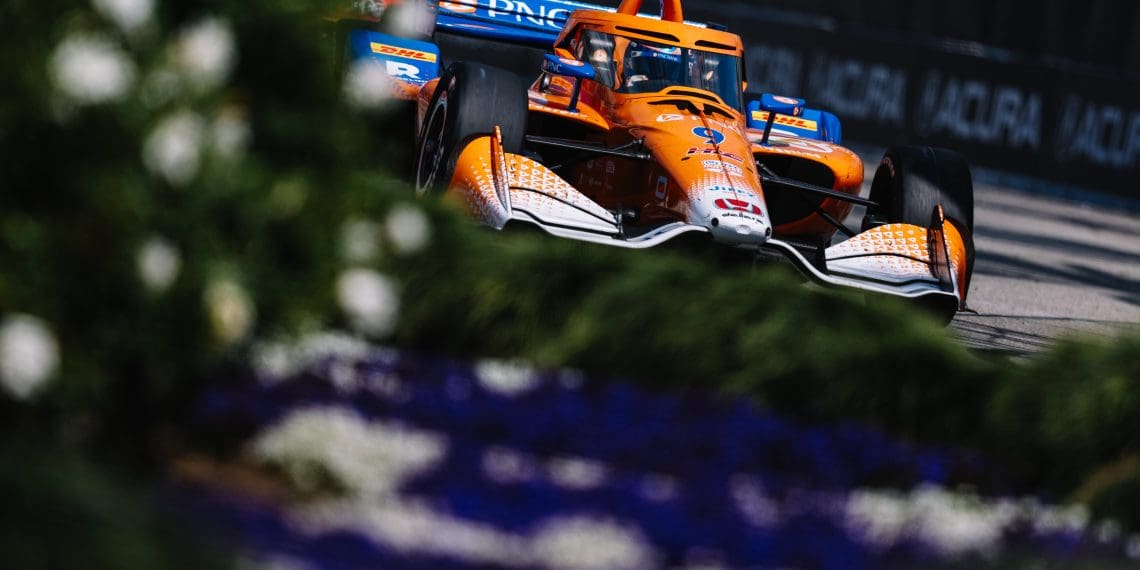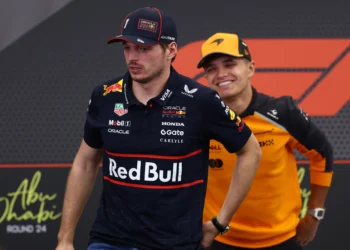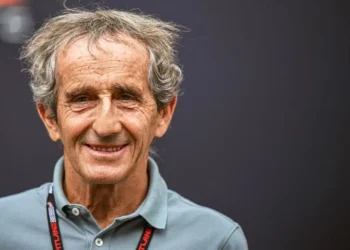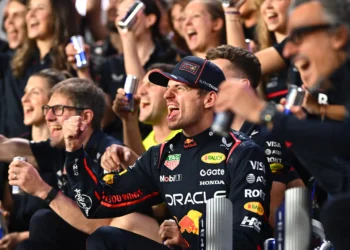IndyCar’s Future Hangs in the Balance as Manufacturers Grapple with New Car Decision
As the world of motorsport is thrown into turmoil with Formula 1’s struggle to define its next rules cycle, the spotlight shifts to IndyCar, facing a similar dilemma on a smaller scale. With F1 gearing up for a shift towards a more electric future from 2026 to 2030, the pressure is on for other racing series to follow suit.
IndyCar, set to introduce a new set of rules in 2027, is at a crossroads, with discussions revolving around the incorporation of hybrid technology in the upcoming cars. The uncertainty in the industry is palpable, with conflicting ideas on the table and no clear consensus in sight.
The looming question of sustainability looms large, with the impending depletion of fossil fuels pushing the need for alternative power sources. While electricity seems like a viable option, concerns about its environmental impact and geopolitical implications cast a shadow of doubt. Hydrogen has yet to prove its efficacy, and renewable fuels, though promising, present challenges in terms of scalability and production.
Manufacturer preferences further complicate the decision-making process, with companies like Honda and General Motors holding differing views on the direction IndyCar should take. The delicate balance of keeping all stakeholders satisfied adds another layer of complexity to the situation.
With IndyCar confirming plans to continue with hybrid technology in the next rules cycle, the pressure is on to secure manufacturer support. The impending departure of Chevrolet and Honda at the end of 2026 poses a significant threat to the series, potentially leaving it without engine suppliers. The intricacies of engine supply and the crucial role played by manufacturers in car development further underscore the need for a swift and decisive action.
As the clock ticks towards 2027, the racing community anxiously awaits clarity on IndyCar’s future direction. The challenges posed by external factors such as tariffs and global events only add to the urgency of the situation. While the road ahead may be fraught with obstacles, one thing is certain – the time for action is now.
IndyCar’s fate hangs in the balance, and the decisions made in the coming months will shape the future of the series. The stakes are high, and the racing world watches with bated breath as the industry navigates a path towards a new era of innovation and sustainability.










